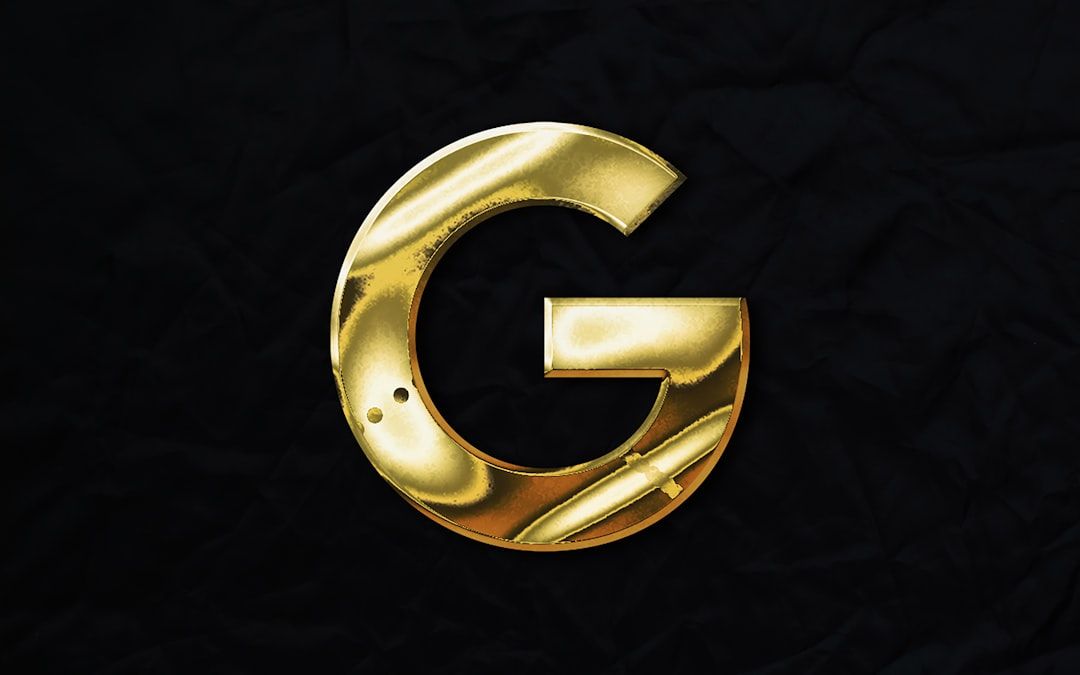Competitive play in Overwatch 2 offers both a thrilling challenge and satisfying rewards for dedicated players who are willing to test their skills against others. Whether you’re a seasoned veteran from the original Overwatch or a newcomer to the franchise, understanding the ranked system and what incentives you can earn from climbing the ladder is crucial to getting the most out of your competitive experience.
TL;DR
The Overwatch 2 ranked system includes several skill tiers, from Bronze to Top 500, and uses a division-based design similar to many modern competitive games. Players increase rank by winning matches, and they receive rewards based on their final rank and total wins at the end of each season. Competitive Points (CP) are the main currency reward, used to purchase golden weapons. Staying active in comp, avoiding penalties like leaving games, and improving teamwork are key to progression.
Understanding the Competitive Ranking System
The competitive system in Overwatch 2 features a revised format from its predecessor. Rather than showing incremental SR (Skill Rating) points, players are placed within divisions inside each rank tier. Here’s what you need to know:
- Ranks: The ranks are divided into Bronze, Silver, Gold, Platinum, Diamond, Master, Grandmaster, and Top 500.
- Divisions: Each rank from Bronze to Grandmaster contains five divisions (e.g. Gold 5 through Gold 1), with 1 being the highest division within that rank.
- Rank Updates: Your rank updates every 5 wins or 15 losses/draws, whichever comes first. This change makes progress feel more meaningful and less volatile on a per-match basis.
Each player’s rank is tracked separately for the three main roles in Role Queue: Tank, Damage, and Support. Open Queue, which allows players to use any role, also has its own ranking structure.
How Ranks Work in Detail
Your in-game performance, match outcomes, and your matchmaking rating (MMR) all affect your rank. However, MMR is hidden and acts independently from the rank you see on the screen. This means that if you’re winning lots of matches but not ranking up, your MMR might be rising sharply in the background. In contrast, losing streaks can cause MMR decay even if your rank takes time to adjust.
The ranking system is less about individual performance metrics like eliminations or healing numbers and more about winning. However, Blizzard has stated that certain contributions to a match’s success (e.g., impactful ultimates, objective time, damage mitigation) may play a secondary role in evaluating a player’s effectiveness in hidden MMR calculations.
Rank Tiers Explained
Here’s a breakdown of what each ranking tier generally signifies:
- Bronze: New players or those with developing mechanical and game-sense skills.
- Silver: Casual players honing map awareness and synergy.
- Gold: Competent gameplay ability; understanding of hero value and basic strategy.
- Platinum: Skilled players who demonstrate good positioning and game knowledge.
- Diamond: High-level coordination, advanced mechanics, and strong shot calling.
- Master: Elite players who can frequently carry and adapt to enemy counters.
- Grandmaster: Among the top ~1% of players with excellent teamwork and consistency.
- Top 500: The best of the best on a region-by-region basis, requiring exceptional play.

Competitive Rewards in Overwatch 2
Blizzard rewards competitive players not just with bragging rights but also in-game incentives. These rewards are delivered at the end of each competitive season and include:
1. Competitive Points (CP)
CP is the currency awarded to players for playing and winning competitive matches. The primary use of CP is to purchase golden weapons for any hero. Here’s a breakdown of CP rewards:
- Bronze: 65 CP
- Silver: 125 CP
- Gold: 250 CP
- Platinum: 500 CP
- Diamond: 750 CP
- Master: 1,200 CP
- Grandmaster: 1,750 CP
- Top 500: 1,750 CP + exclusive title
In addition to end-of-season CP, players also earn 15 CP per win and 5 CP per draw throughout the season.
2. Titles
Introduced in Overwatch 2, ranked titles are cosmetics players can equip on their profiles to boast about previous seasonal accomplishments. Titles such as “Season 4 Grandmaster” or “Top 500 Challenger” provide visible recognition for your efforts.
3. Golden Weapons
Golden weapons remain a staple trophy for competitive players. They cost 3,000 CP and can be applied to any hero via the weapons section of their customization tab. These glowing, gilded armaments are a clear sign of rank dedication and skill.
Image not found in postmeta
Seasonal Resets and Rank Decay
Each Competitive season in Overwatch 2 lasts about nine weeks. At the end of a season, ranks soft-reset. You do not need to play placement matches as in the original Overwatch, but several variables (e.g., inactivity or large MMR shifts) may cause fluctuations in your displayed rank at the start of a new season.
Unlike previous titles, Overwatch 2 does not use traditional rank decay for inactive players. However, being away from competitive for extended periods may result in visible rank adjustments when you return, as your standing recalibrates to your updated MMR after re-entry.
How to Climb: Improving Your Competitive Experience
Ranking up in Overwatch 2 isn’t just about landing headshots. Strategic thinking, communication, and consistency all play a role. Here are some key tips:
- Master Several Heroes: Be flexible and adaptable. If your main gets countered, switch to something more effective.
- Use Voice Chat: Communication can be the difference between a close win and a devastating loss. Ping systems help, but voice chat offers near-instant reactions.
- Review & Learn: Use the replay system to analyze your own gameplay. Identify and correct positional errors, missed opportunities, or poor engagements.
- Queue with Friends: Duo or team queueing increases team coordination, especially in lower ranks.
- Stay Positive: Mindset matters. Take breaks on losing streaks, avoid toxicity, and focus on growth over ego.
Penalties and Suspensions
Quitting matches early or frequently disconnecting will apply suspensions or temporary bans from Competitive Play. Continued offenses may lead to season bans, and in extremely rare cases, permanent removal from competitive eligibility.
Blizzard enforces these rules to maintain fair play and ensure a healthy ecosystem for competitive integrity. Always commit fully once you queue, and ensure your connection is stable before entering a match.
The Importance of Teamwork and Adaptability
More than raw mechanical skill, success in Overwatch 2’s ranked ladder comes from collaboration and game smarts. Allying with tanks that push at the right time, supports who call out flanks, or DPS who know when to dive or hold back can lead you further up the ranks than solo performance alone.
Flexibility is equally important. For instance, a DPS player who can shift from Hanzo to Mei depending on the needs of control maps is more useful than someone locked into one style. Understanding maps, metas, and hero counters gives you a bigger toolset for problem-solving in real-time.</

